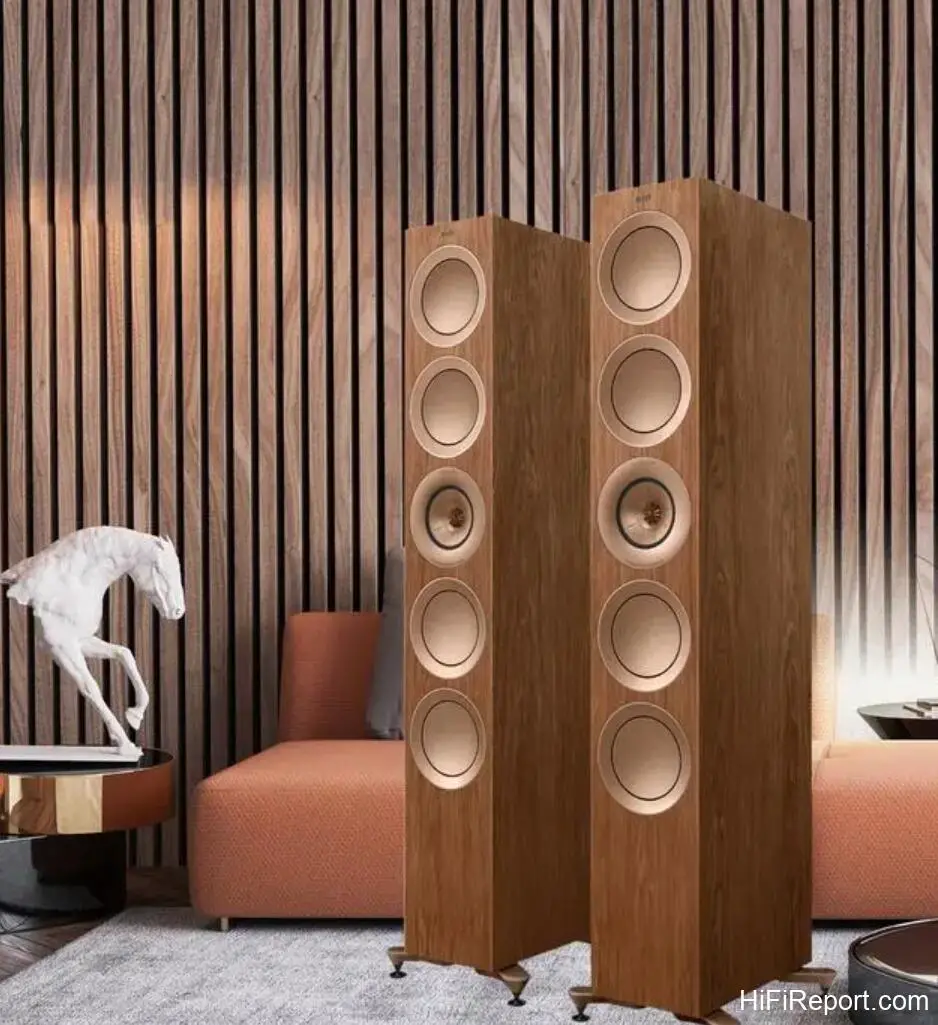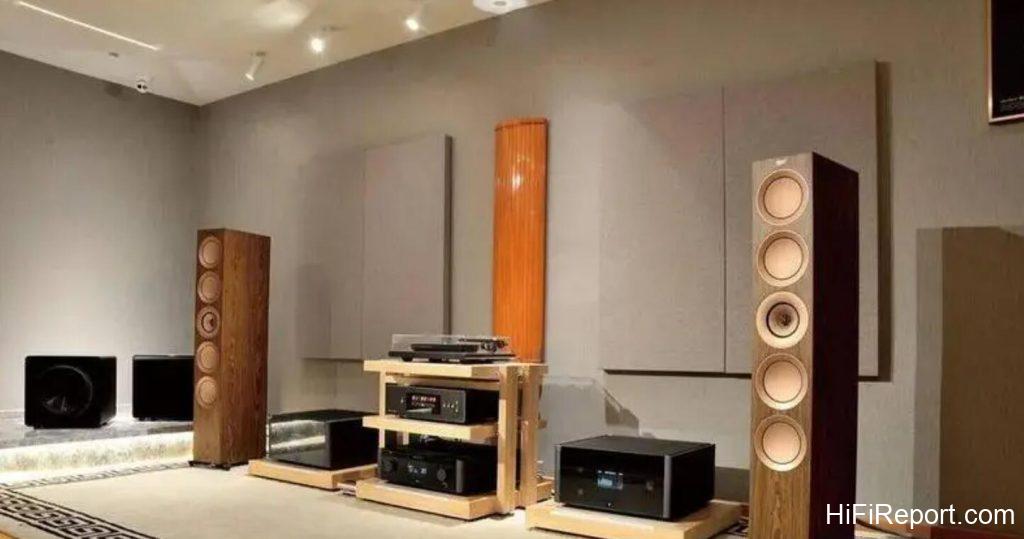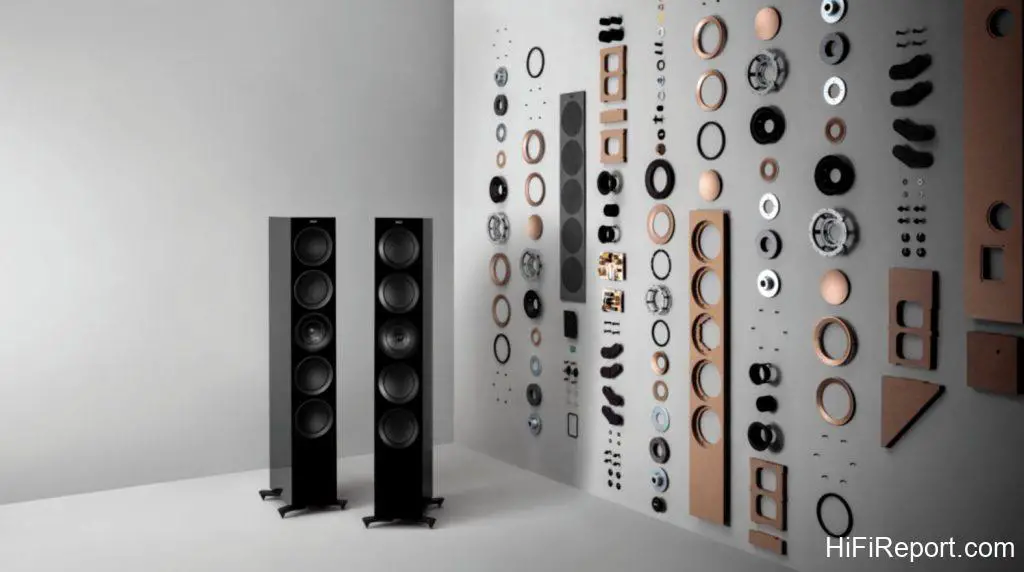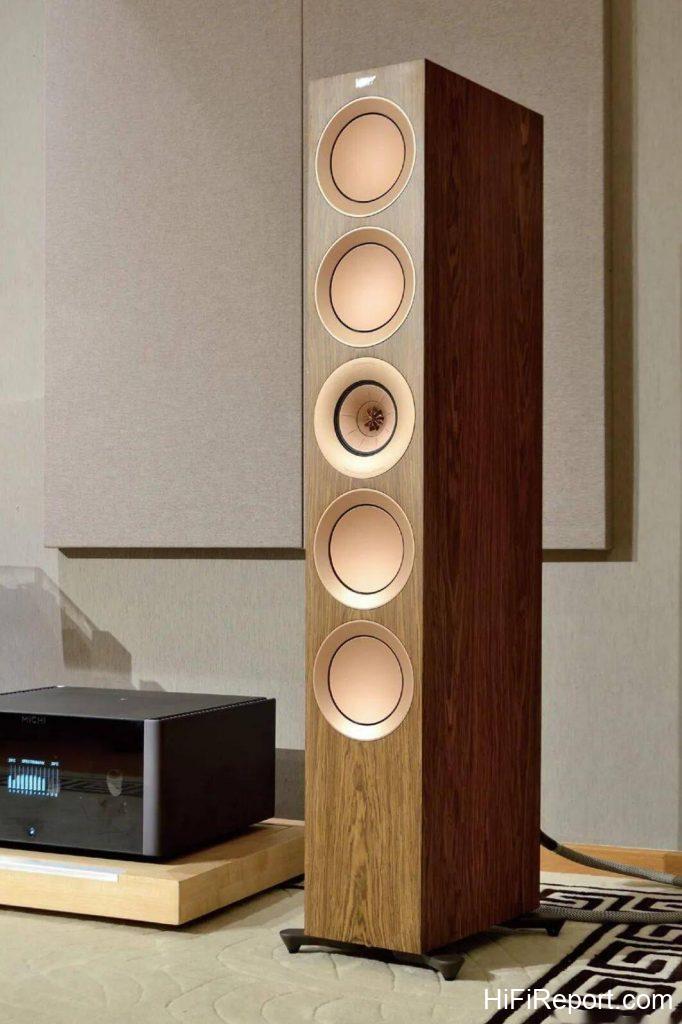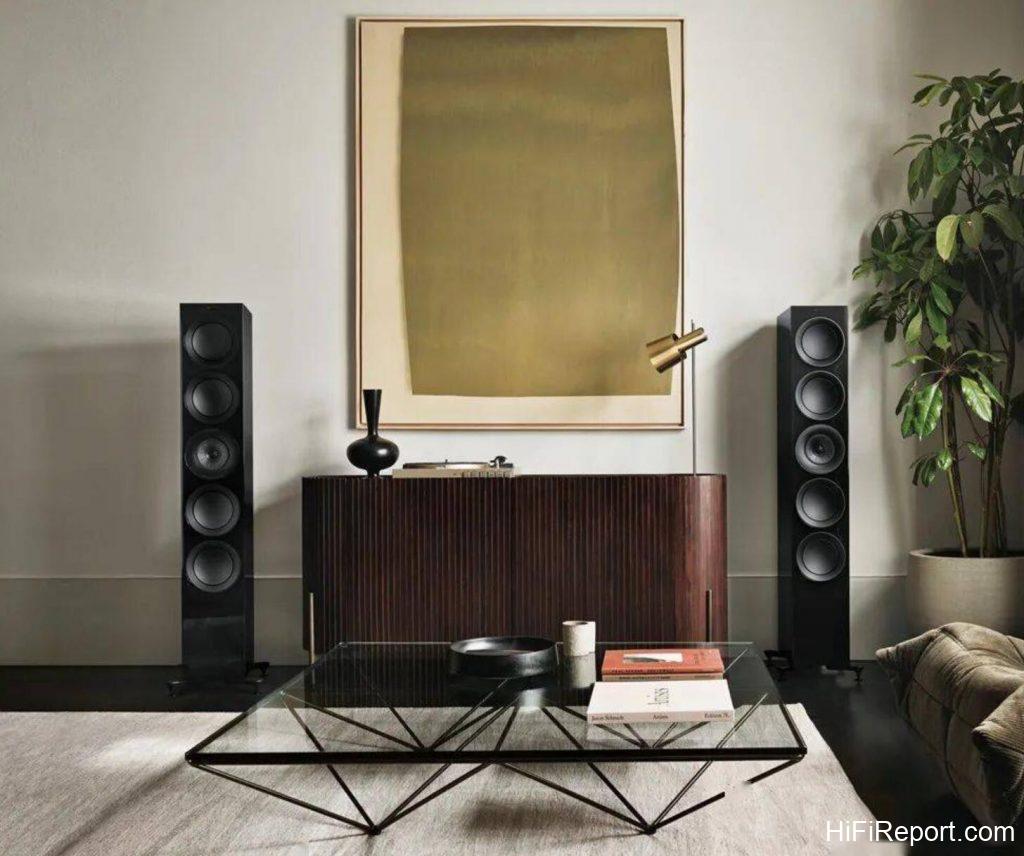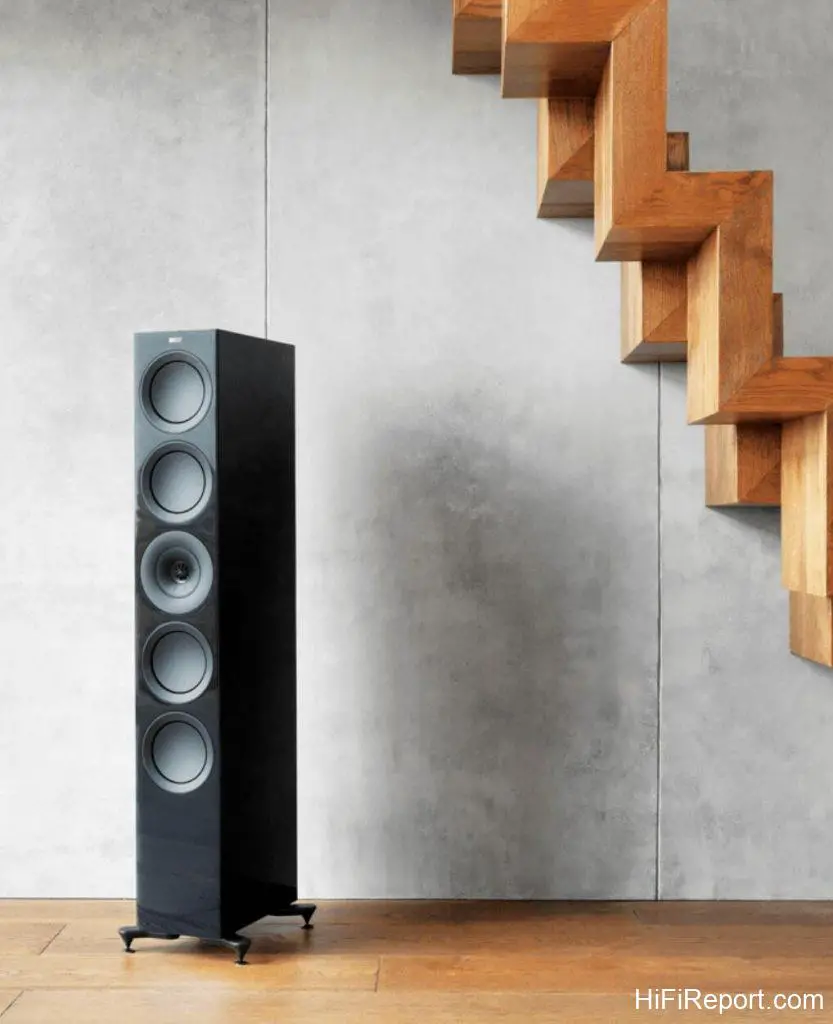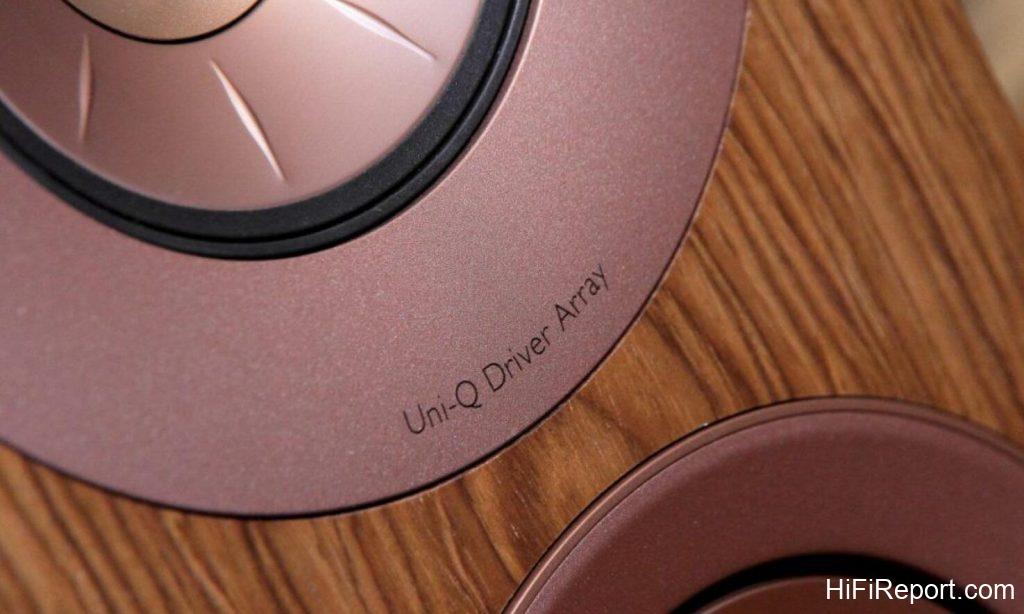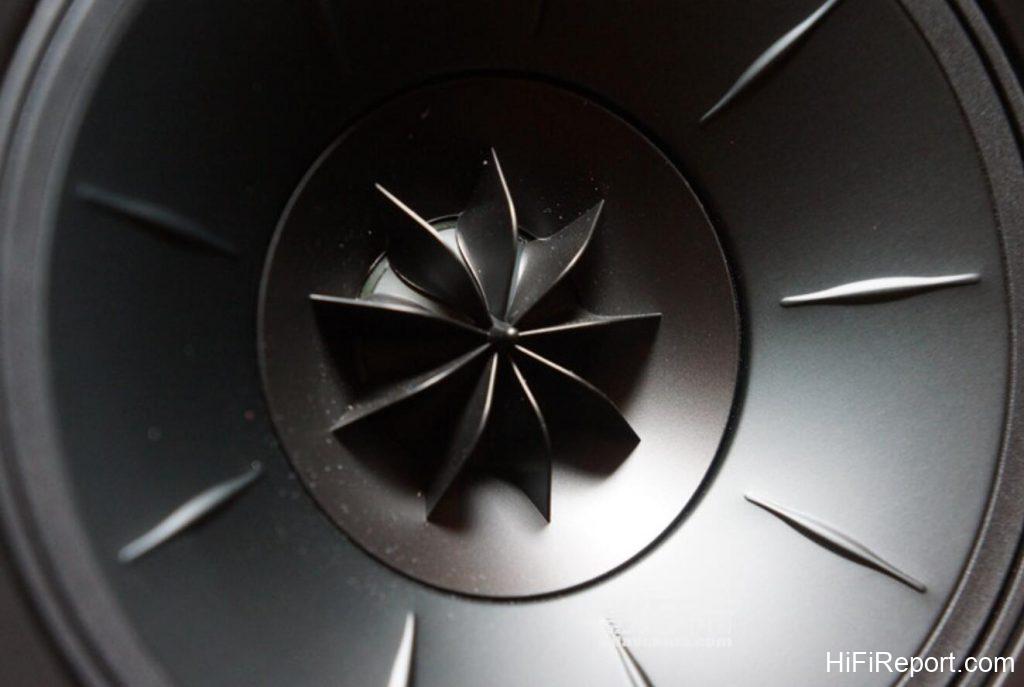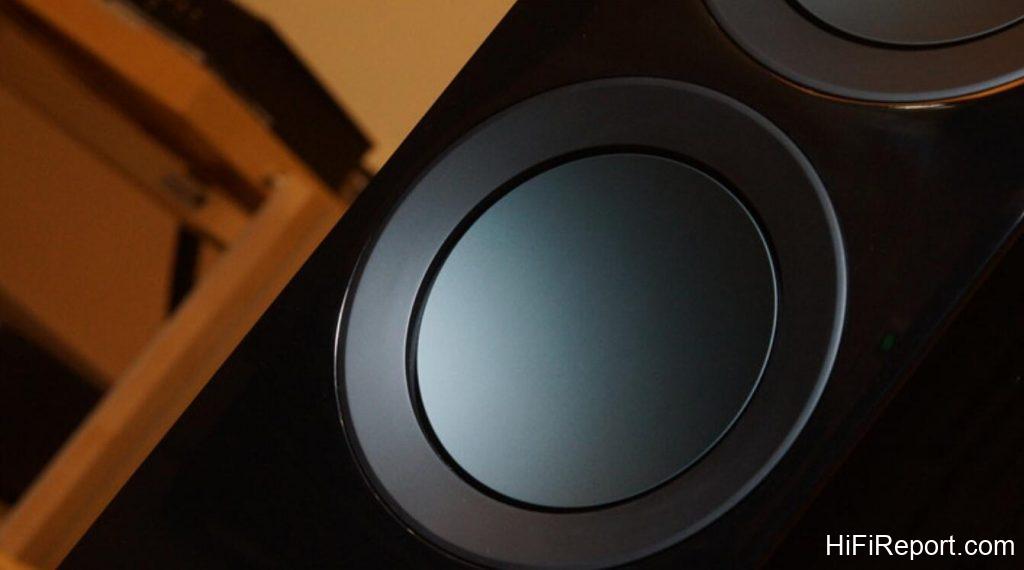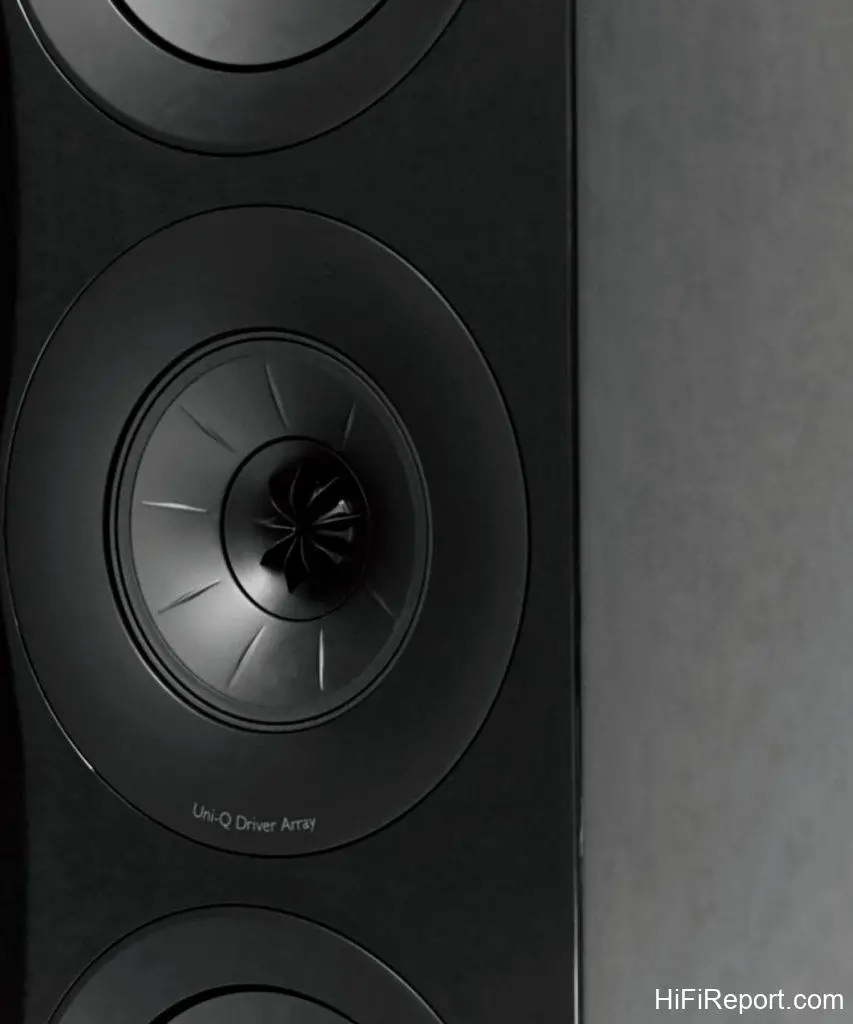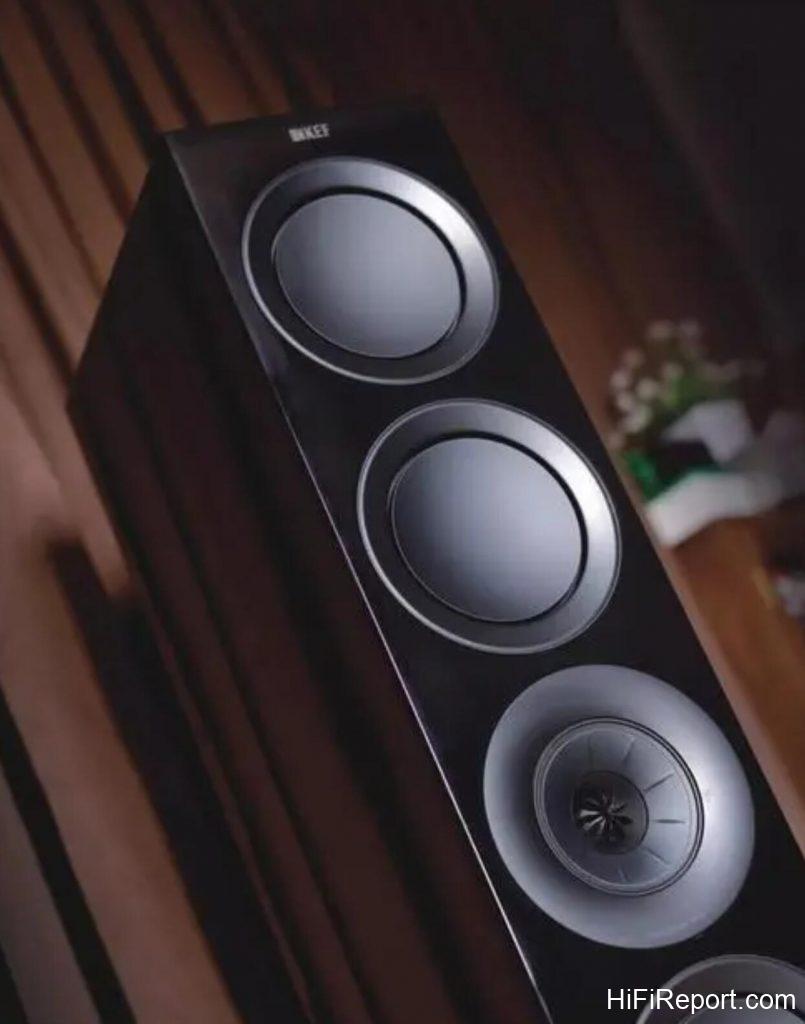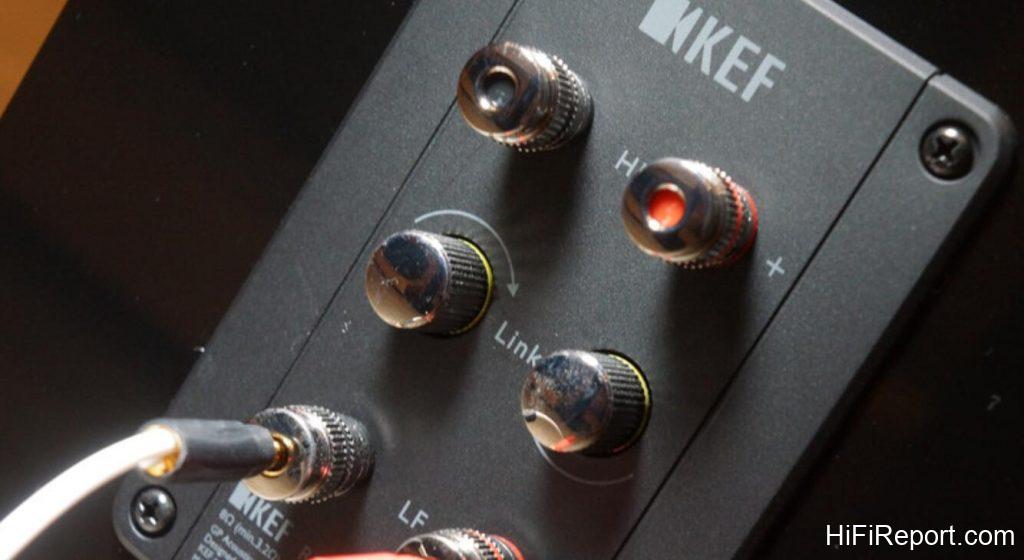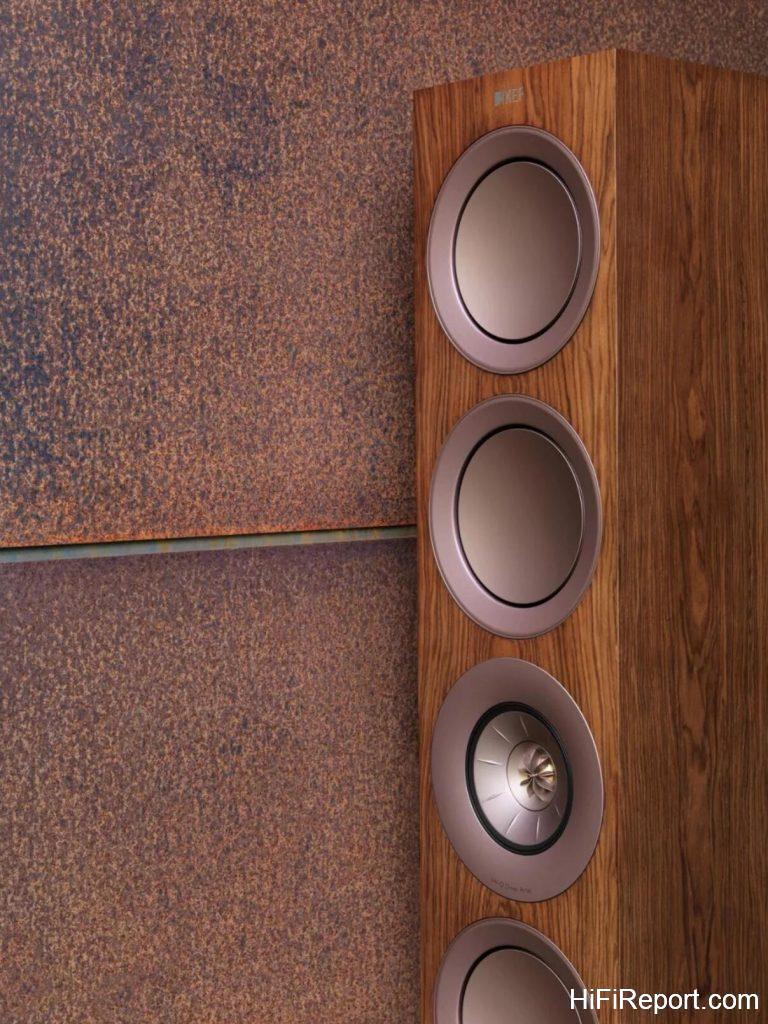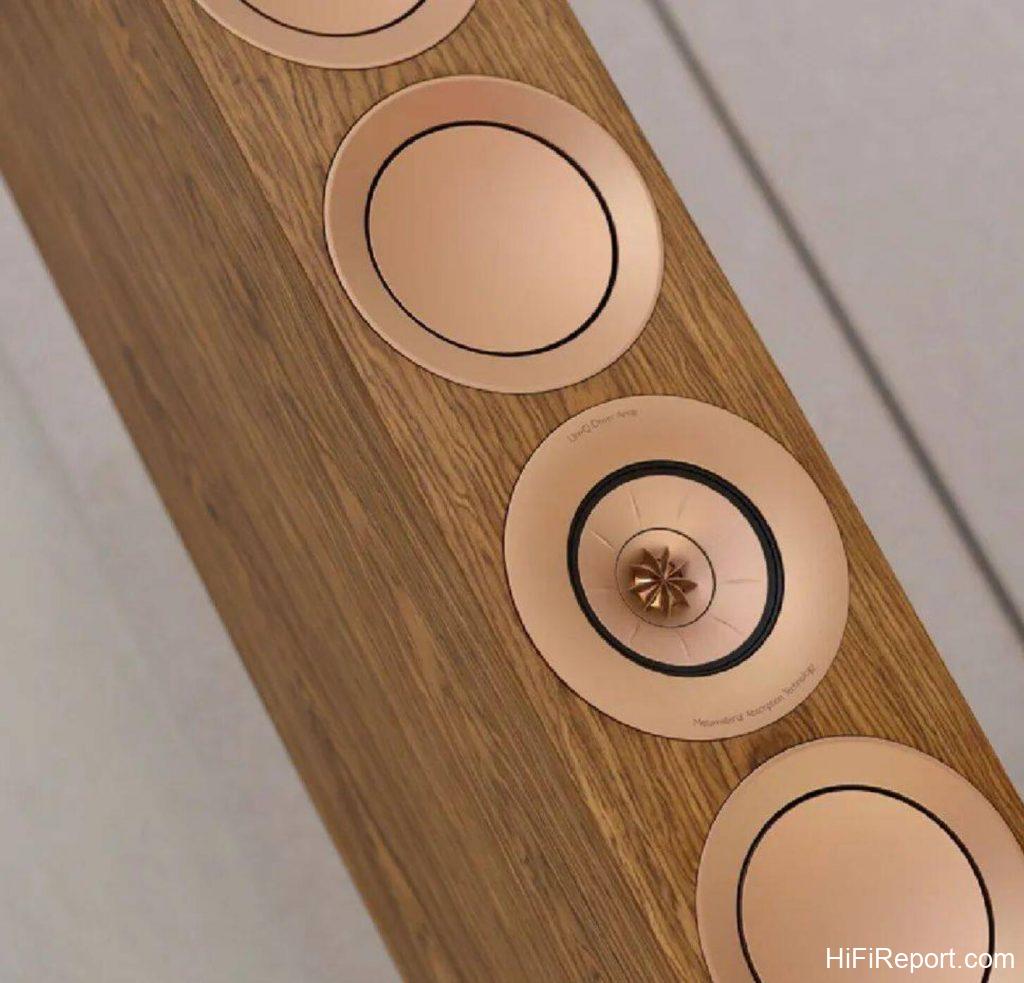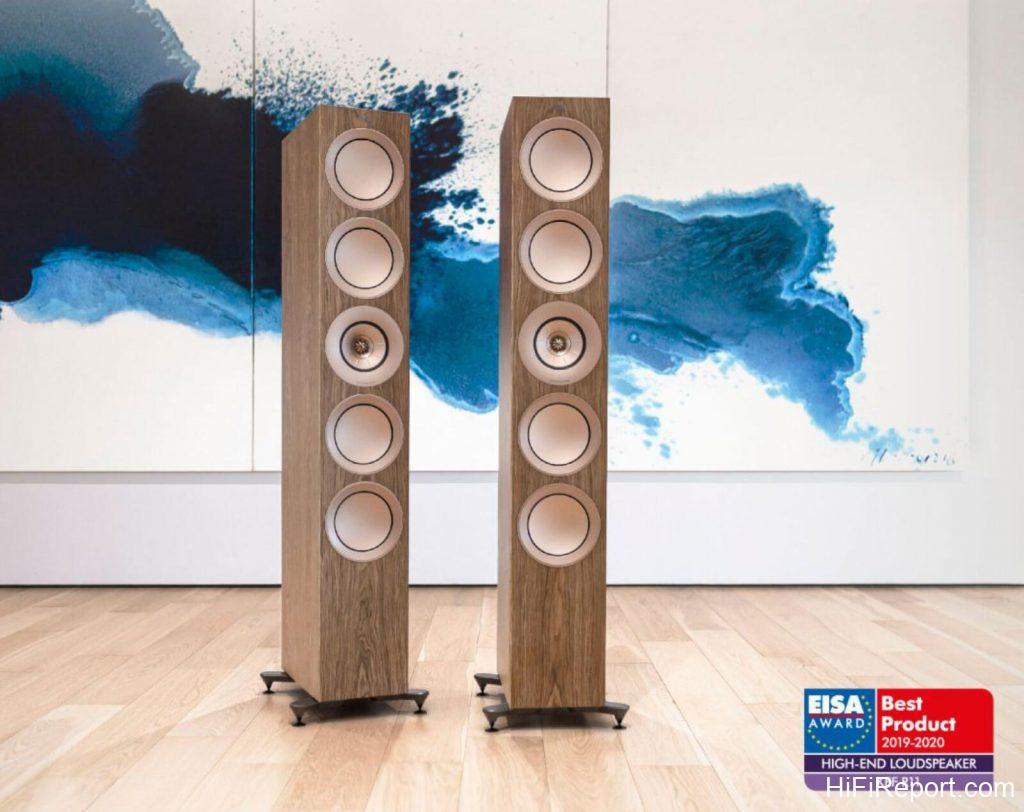KEF R11 Floorstanding Speaker Review
Although founded as early as 1961, the KEF brand has evolved significantly over the years. Due to generational shifts, the traditional KEF speaker designs familiar to people from decades ago have long been replaced by a modern and youthful aesthetic.
From their top-tier flagship models like the Muon to the Blade series, their designs are truly contemporary and resemble works of modern sculpture. Even in their 3C audio products, whether in terms of functionality, color options, or aesthetics, KEF has seamlessly adapted to the tastes of younger generations.
The KEF R Series
KEF also offers products similar to traditional speakers, such as the Reference series, R series, Q series, and C series. Except for the most affordable C series, which does not use their patented Uni-Q coincident source speaker driver (introduced in 1989), even their top-tier Muon employs the Uni-Q coincident source speaker driver.
These series feature conventional tall and slim rectangular enclosures. While they may not have the high-end visual appeal of the Blade series, their design philosophy and essential components remain the same.
You might not be able to distinguish between the Reference series and the R series from a distance. Some might even assume that the R series is an abbreviation for Reference. However, these are two significantly different series, with the Reference series being much more expensive while the R series is more budget-friendly.
As mentioned, the R11’s exterior resembles the most expensive Reference 5, making them indistinguishable from a distance. The driver count and sizes used in the KEF R11 are identical to those in Reference 5, featuring the same-sized Uni-Q coaxial driver. The difference is that the R11 uses the latest 12th-generation Uni-Q, while the Reference 5 uses the 11th generation. Additionally, both speakers feature four 165mm diameter bass drivers.
So, why is the Reference series so much more expensive? The cost difference lies in the enclosure, drivers, crossovers, and various details. For example, Reference 5 weighs 60.2 kilograms, whereas the KEF R11 is only 37.7 kilograms.
The Reference 5 features a solid aluminum alloy front panel and a thick MDF matrix structure inside the enclosure, with ten metal bolts connecting the front and back panels, securing them tightly together, which the KEF R11 Floorstanding Speaker lacks. The complexity of Reference 5’s front panel is also noteworthy. Its surface is aluminum, but the interior consists of over thirty layers of resin material laminated together, making it exceptionally heavy and challenging to manufacture.
Design
The placement of the Uni-Q coincident source speaker driver in the center of the KEF R11, with two 6.5-inch aluminum diaphragm bass drivers above and below it, serves two main purposes. Firstly, this arrangement places the Uni-Q at the ideal height for listening and sitting on a sofa.
Secondly, using two bass drivers in a D’Appolito Configuration above and below the Uni-Q helps reduce the radiation of sound waves toward the ceiling and floor, effectively minimizing interference from the reflected sound.
Regarding the Uni-Q driver, it’s important to note that not all KEF models use the same One, and their sizes and details may vary. For example, in models like the LS50, which lacks dedicated bass drivers, the Uni-Q diaphragm size might be larger to cover lower frequencies. Conversely, the Uni-Q diaphragm diameter may be smaller in models with additional bass drivers, as the separate bass drivers handle the low-frequency range.
The KEF R11 Floorstanding Speaker uses the 12th generation Uni-Q, but with specific data, it’s easier to detail the differences from the 11th generation. Visually, they may appear similar. This Uni-Q’s high-frequency extension can reach beyond 40kHz, which is impressive. Additionally, the high and midrange sections of the Uni-Q have independent magnetic systems and do not share a single magnetic system.
Now, considering the four aluminum diaphragm bass drivers feature a unique concave surround design, which is visually distinctive and provides better control over diaphragm resonance. These bass drivers have sturdy aluminum frames and large magnet volumes, designed to handle high power levels, with resonance points above 2kHz, contributing to clear and precise low-frequency performance.
It’s worth noting that KEF designs and manufactures its speaker drivers, demonstrating a strong understanding of driver performance that surpasses many other speaker manufacturers.
The KEF R11’s crossover points are set at 400Hz and 2.9kHz. This means that frequencies below 400Hz are handled by the four bass drivers, the Uni-Q’s midrange driver manages frequencies between 400Hz and 2.9kHz, and frequencies above 2.9kHz are the responsibility of the Uni-Q’s tweeter. Allowing the Uni-Q to handle frequencies above 400Hz significantly reduces its workload, which naturally contributes to better performance.
KEF’s speakers are known for an uncommon specification in the industry: harmonic distortion. Speaker harmonic distortion can typically be in the single digits or even higher, so very few speaker manufacturers publish harmonic distortion data.
However, KEF confidently publishes this data, as seen in the KEF R11, where harmonic distortion from 120Hz to 20kHz is less than 0.3% (measured at 90dB/1m), which is impressive. You may wonder about the higher-priced Reference 5 – its harmonic distortion is less than 0.2% between 200Hz and 10kHz.
What impact does harmonic distortion have on listening to music? High harmonic distortion means the presence of unwanted harmonics, also known as overtones, which form the core of the timbre of musical instruments and voices. When you have excessive harmonics, the original timbre of instruments and voices can become distorted.
Many audio enthusiasts may not realize that the sound they’re hearing is distorted, and they might even believe such distortion adds character. However, speakers with lower harmonic distortion produce a more accurate representation of the timbre of instruments and voices.
Looking at the back of the KEF R11 Floorstanding Speaker, you’ll notice top and bottom bass reflex ports, along with two sets of speaker wire terminals. Each set of the bass reflex ports corresponds to the two top and two bottom bass drivers. What’s unique is the small knob between the two sets of bi-wire terminals.
Additionally, no jumper cables are included. Does this mean users need to provide their jumper cables? The small knob serves as the jumper function – when tightened, it connects the two sets of speaker wire terminals, and when loosened, it allows them to function independently. I haven’t seen this type of bi-wire design on other speaker brands, demonstrating the designer’s thoughtfulness.
Sound Performance
Regardless of their size, KEF’s speakers share a common sonic characteristic – neutrality. Even if they aren’t 100% neutral, they tend to be more neutral than most other speakers, as evident from the harmonic distortion figures of the R11 Floorstanding Speaker. Unfortunately, many people mistakenly think that “neutral” means lacking flavor or not sounding good, which is incorrect.
Neutrality means faithfully reproducing the beautiful sound quality and timbre of musical instruments. Instruments suitable for recording must inherently have beautiful sound quality and timbre, and the voices of recording artists must also be beautiful.
Therefore, neutrality is synonymous with excellence. However, neutrality can vary in degree, and speakers have other performance aspects besides neutrality. So, while KEF’s speakers are neutral, not all reach the same level of excellence. There are distinctions in quality, but at least they don’t add unnecessary “flavor.”
The sound of the KEF R11 Floorstanding Speaker may initially feel tight without the right cables and amplification, but with the appropriate setup, this tightness transforms into strong cohesion and control. This effect is especially noticeable in the low-frequency range.
For example, when listening to a cello recording, the cello’s sound is extremely lifelike and exhibits strong control and cohesion, with no sense of dispersion. The contours of the cello’s sound are well-defined. Both pianos and cellos sound coherent, with the piano delivering a solid sense of grain, density, and weight.
Listening to Beethoven’s “Violin Sonata No. 5,” adapted for the cello, the density of the cello’s sound is heightened, making it more adhesive. Similarly, the piano’s grain gains weight. Despite the strong performance dynamics and emotional intensity, it doesn’t become harsh on the ears. It’s important to note that when the KEF R11 plays the violin, it doesn’t come across as excessively soft or delicate; instead, it balances rigidity and flexibility, resulting in full-bodied contours.
Lastly, in Beethoven’s “Symphony No. 6” Listening to this, I feel that the KEF R11 Floorstanding Speaker is a pair of energetic speakers. The sound waves the orchestral music produces are like surging waves, stable and powerful, indicating that the four bass drivers provide a solid low-frequency foundation.
Conclusion
The KEF R11 Floorstanding Speaker is a relatively inexpensive speaker. Everything about it is designed and manufactured meticulously, without flashy aesthetics or a bulky physique. However, whether it’s the speaker drivers or the test specifications, everything is solidly executed, showcasing KEF’s true essence.
Speakers like the KEF R11 Floorstanding Speaker are often easily overlooked by the average audio enthusiast and are prone to being underestimated. I didn’t anticipate that it could produce such outstanding sound with the right amplifier and cables. This is the one if you’re looking for a speaker in this price range that can deliver powerful performance across various types of music and maintain neutrality.
